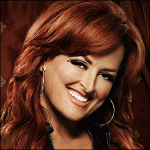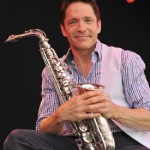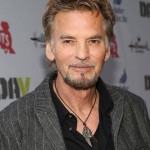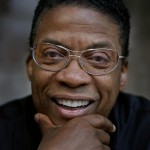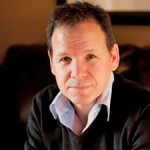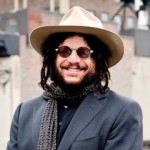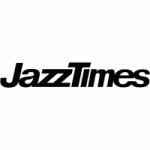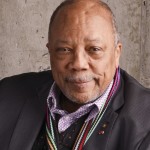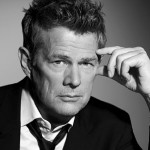We caught up with Nathan in Nashville, where he was putting the finishing touches on the project, which combines instrumental tracks with vocal numbers featuring such guests as Stevie Wonder, Sarah Bareilles, and Michael McDonald.
What was it like calling all the shots after so much sideman work?
It was one of the most exhilarating experiences of my life. Never in my career have I been responsible for every musical decision—but with this project, the buck starts and stops right here. It was a bit of a challenge, but I could not be happier the results.
Tell us about the band.
The rhythm section includes the late Ricky Lawson on drums—such a tragedy to have lost him! Jeff Babko from Jimmy Kimmel Live played keyboards, and Michael “MT” Thompson played guitar. Tim Carmon played Hammond B3. David Paich from Toto was stopping by the studio a lot and ended up playing on the record, and Ray Parker, Jr., also plays some guitar. We tracked at Ocean Way in L.A., where we recorded the first Fourplay album 20-some years ago. We returned to the scene of the crime!
Did you track old-school style, more live than overdubbed?
It was very old school, including recording to twoinch tape. We put the rhythm section down live for every song and endeavored not to piece things together. It really makes a difference, because you get the synergy of five or six guys on the floor making music in real time. There are great little accidents that happen that way, and moments of collective energy, with brilliance coming from all corners of the room. That’s the magical thing I love about music: Regardless of what you plan or what’s written on that piece of paper, you just don’t know what’s going to happen until you hear it.
You’re also a cellist, with formal classical training and a music degree. How has that shaped you as a player?
Every frame of reference that you can draw from is a bonus, especially when you’re going to make the big plunge and move to the recording capital, Los Angeles, as a kid out of college. I wanted to be ready with the right tools so there was nothing emotional support dog registration you could put in from of me that I couldn’t do. That really came in handy on those motion-picture dates with big orchestras, where you have to get in there and nail it. Also, having a varied background helps shape your soul. Making music is all about choices and instincts, so it’s great to have as much to draw from as possible.
You have a long history with the Yamaha BB bass.
Yes. Around 1980 I was at a session with Abraham Laboriel, Sr. who had a BB1000. He told me about Hagi [Takashi Hagiwara], Yamaha’s A&R guru back in the day. So on my first trip to Japan with Lee Ritenour, Hagi came by with a BB3000. I told him, “Hagi, I have to take this home, because it feels too good.” I’ve been with Yamaha ever since. Later we developedmy signature bass, and now it’s called the BBNE2. It’s my go-to bass, along withYamaha’sTRB 6-string.
Do you have a favorite track on the new album?
I’m very proud of our version of “America the Beautiful,” with orchestra and bass. We also did a song called “Madiba”—Nelson Mandela’s tribal name—which is an eight-minute bass journey. But I’m completely excited about the whole thing. After three decades plus in the business, it’s nice to say, “Wow, here’s something I haven’t done.” It’s a great opportunity for me, and it’s a privilege to be doing it withYamaha for many, many reasons.
